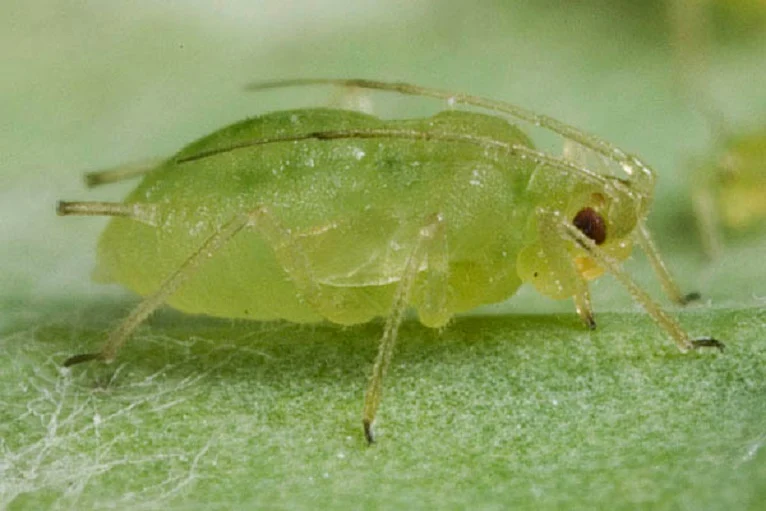

Description
Control of aphids was once reliant on foliar spraying of aphicides such as pirimicarb. These insecticides are no longer viable options because there is widespread resistance to them in peach-potato aphid populations, the most common aphid found in beet. The carbamate granules currently available for control of free-living nematodes do not have sufficient activity to control aphids beyond the first true leaf stage of the crop. So drilling seed with insecticidal treatment is now the most effective way to control aphids in sugar beet and prevent virus infection.
Whilst imidacloprid controls aphids arriving within 8-10 weeks of drilling, the new generation seed treatments provide greater persistence. This is important as the timing of aphid invasions differs from year to year.
It is essential to ensure that even late invasions of aphids carrying virus are controlled because these can still cause serious economic losses. The best option for long lasting control of aphid populations is Poncho Beta as its protection generally persists up to the point of mature plant resistance.
The virus yellows outbreaks of the early 1970s caused severe yield losses and forced many growers to stop growing beet. In recent years the threat might appear to have diminished. However, the records for aphid activity, their virus content and the weather suggests that without any protection from seed treatments or sprays, severe losses from virus infection would have occurred in 7 out of the last 10 years.
The forecast of changes in climate includes milder winters, which will help the overwinter survival of the peach-potato and other aphids, so the risk from virus yellows is likely to increase in the future.
As foliar treatments are no longer an effective back up to imidacloprid seed treatment, the safest and most cost- effective option is to use Poncho Beta seed treatment.


